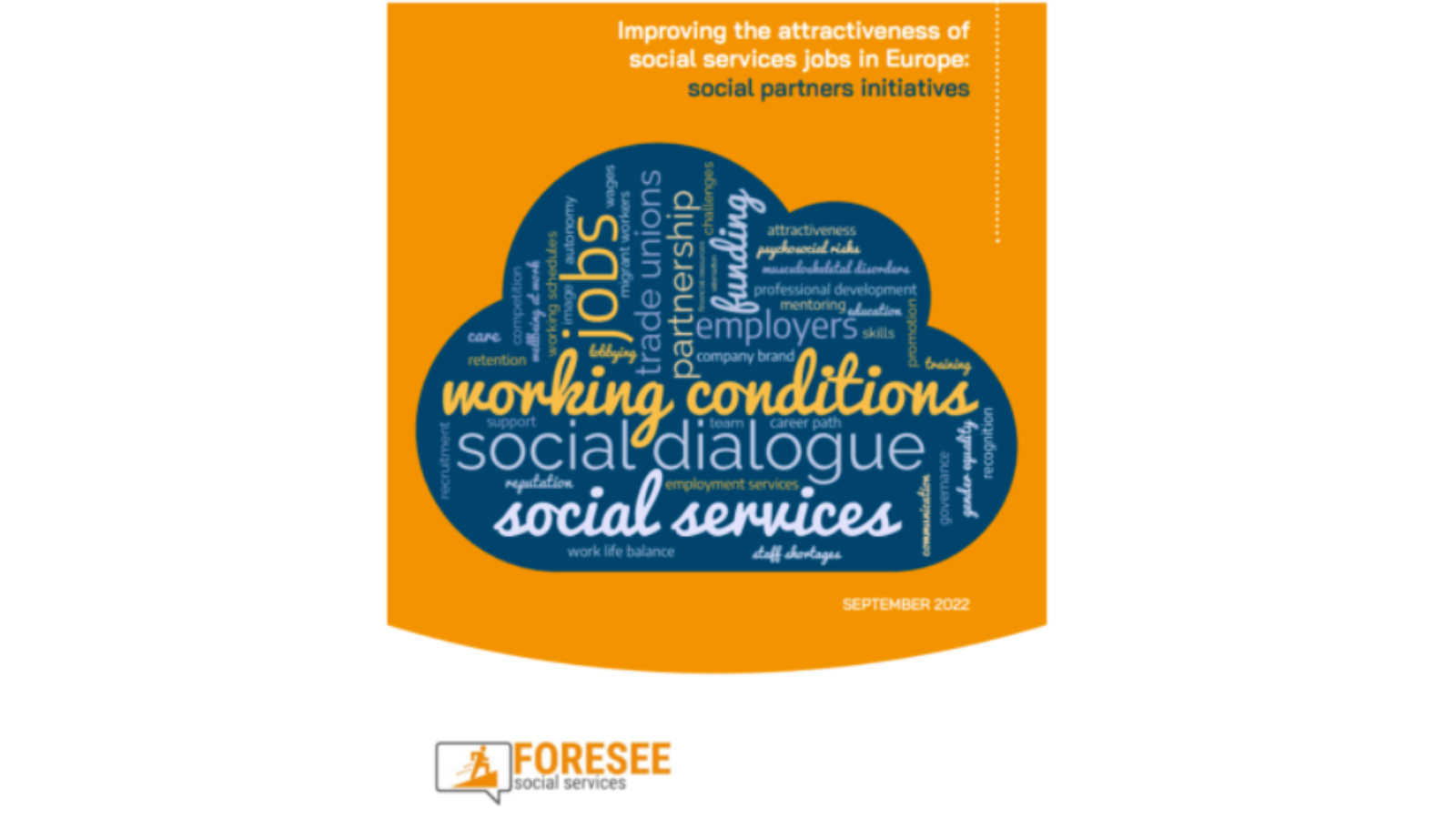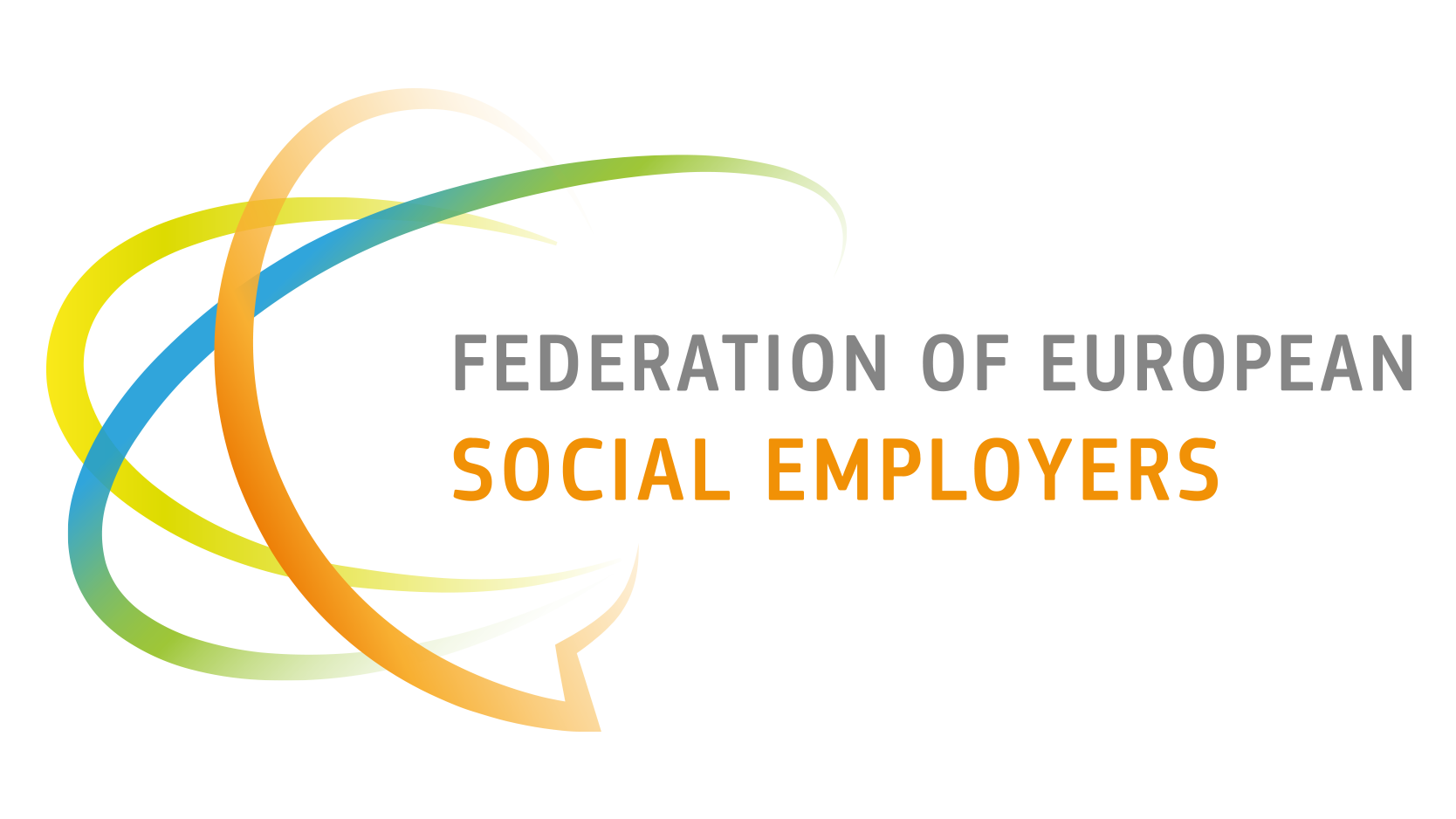New report examines ways to improve the attractiveness of social services jobs in Europe

On the occasion of the EU Care Strategy launch, the FORESEE project partners present a new report titled “Improving the attractiveness of social services jobs in Europe: social partner initiatives”.
On 7 September, the European Commission published its European Care Strategy, seen as a cornerstone of the EU’s approach to social policies. The Strategy aims to ensure quality, available and affordable social services across Europe and calls for sustainable and sufficient funding, a prerequisite for ensuring better wages and working conditions, to make the sector more resilient and attractive and help create new jobs to meet the rise in care demand.
Current staffing challenges must be addressed to make the Strategy a success. The FORESEE project partners, social services employers and providers from across Europe, are working extensively on this topic. In this context, the new report assesses the situation and shares good practices to improve the attractiveness of social services. It is based on a survey and interviews and was prepared by Elisfa, supported by UNIPSO.
The report highlights the importance of good working conditions and social dialogue to improve the image of the sector. It is structured in five main themes:
- Competition: whether between countries or regions, between rural or urban areas, or between the private non-profit, private for-profit or public sectors.
- Image and communication: tools needed to promote the sector, improve communication and change a sometimes-poor public image.
- Vocational education and training: ways to overcome a lack of available trainings and career development opportunities in the sector, etc.
- Working conditions and quality of life at work: ways to address the heavy mental and physical workload, atypical working hours, and prevailing inequalities between women and men, etc.
- Recognition at different levels: the importance of social, financial or organisational recognition of the work done.
The full report is available in English,French, Polish, Greek and Romanian.
